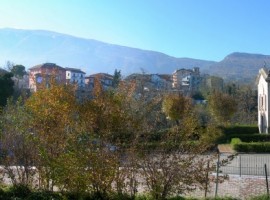
Located in a position of considerable strategic importance, on the border with what was once the Kingdom of the Two Sicilies, was long bulwark to defend the city of Ascoli and frequently the scene of bloody battles. I still recall historical fortresses such as the Rock and Morro Castle Folignano. “Castrum Murciae”, the main bastion of the avant-garde was conquered by the Romans, Greeks and then, in 578 by the Duke of…
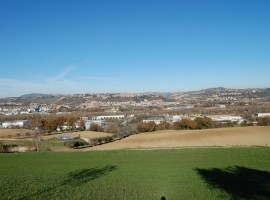
A few miles, eastbound on Salaria, is Castel di Lama, favorable place for settlements since the Neolithic, which returned numerous artifacts dating picena and rustic Roman villas. Despite its name, Castel di Lama was never a real castle, but the place of garrisons in defense of land holdings, the feud of Odoardi, one of the most important families in Ascoli. The free town was born December 6, 1543, in the area where…
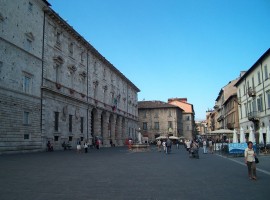
Ascoli Piceno is located on a rocky spur at the confluence of the rivers Tronto and Castellano. Based on the findings of neo-Eneolithic, it can be said that since that time Ascoli was the site of a settlement, front, then, immigration of the Sabines. The latter, in fact, according to an ancient tradition, came in the Piceno, between the seventh and sixth centuries BC led by a woodpecker (the bird sacred to…
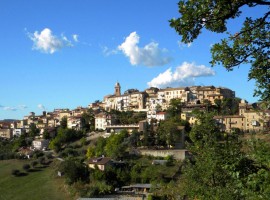
Monsampolo del Tronto is located on the left bank of the Tronto river 184 meters above sea level , with a view stretching from the Tronto Valley, to the Sibillini Mountains, Gran Sasso and the Adriatic Sea. The original name is Monti Sancti Pauli (1100) and alludes to the holder of the first castle church from which the town took its name. His story has ancient origins, archaeological evidence shows remains of…
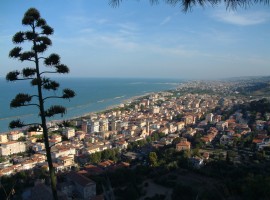
Grottammare
San Benedetto del Tronto
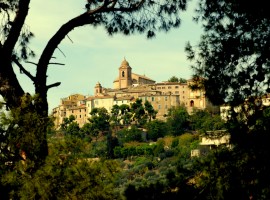
Monteprandone, stands on a hill at 280 m. above sea level; the sea is at about 5km. It is the hometown of St. Giacomo della Marca. The origin of the name dates back to 800 AD. According to a legend, a knight follower of Charlemagne, named Brando or Prando, stopped in this village and founded a castle. In the old part of the village you will find: the Museum of the Codes,…
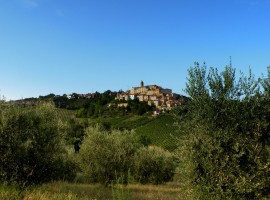
Spinetoli lies on a pleasant hill at the confluence of the Fiobbo torrent and the Tronto river. Archeological diggings made in 1878 brought to light several rich Piceno necropolis and finds from the Roman period. The place-name appears to be linked to the nature surrounding the residential area of the village, which centuries ago was covered by thick, blooming, thorny rose bushes (a rose also appears on the Communal herald symbol). The…
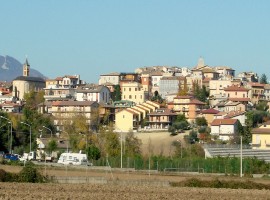
The origin of Maltignano can be placed between 90 and 89 b.c, when its territory was donated to a Roman duumvir: Publio Maltino Basso, from whom the town derives its name. For many centuries Maltignano remained a mere patrician private possession, probably a kind of country house. Later on, its name reappeared in documents n the year 800, when Caharlemagne donated this property to the Capitolo of the Church of Ascoli. Thus…
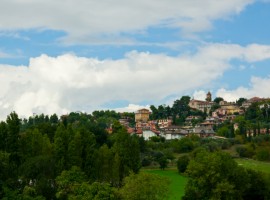
The territory of Colli del Tronto, as is suggested from the name itself, spreads over a succession of hills, shifting its altitude from 34 metres in the valley to 193 metres. The pre-Roman origin of the town was revealed by a Piceno necropolis discovered at the end of 19th century, whose finds can be admired today at Ascoli’s Archeological Museums. The territory was officially named Colli del Tronto in 1862. From the…